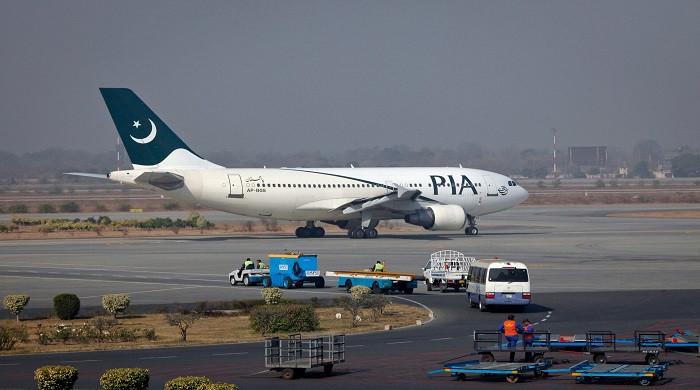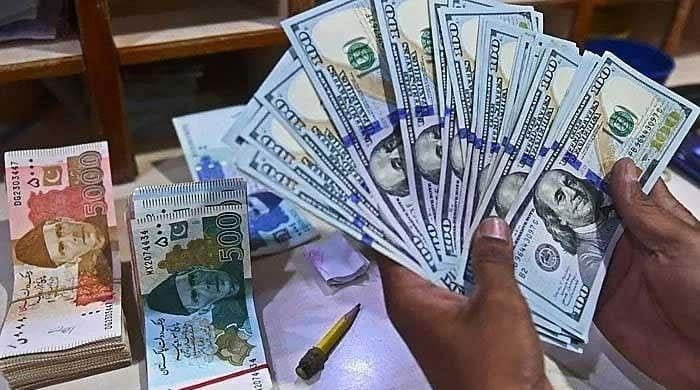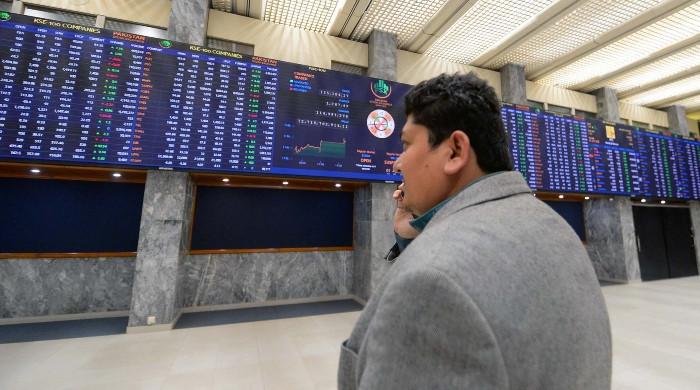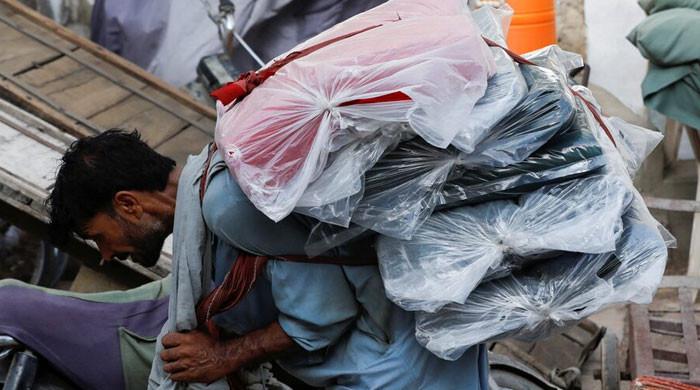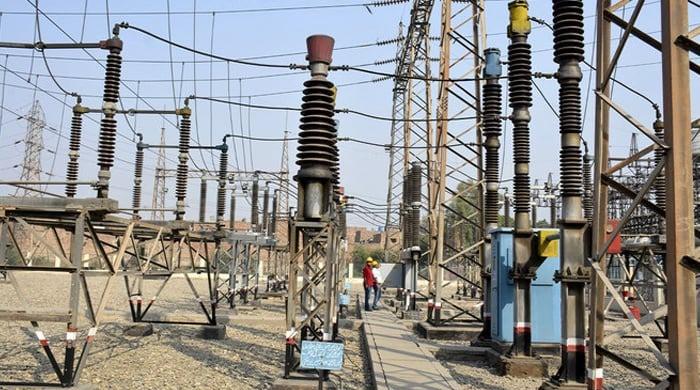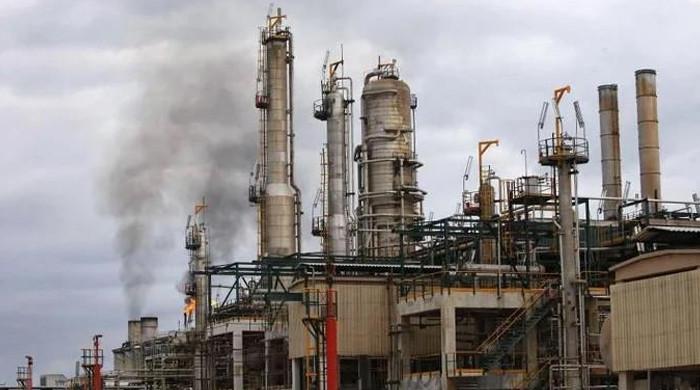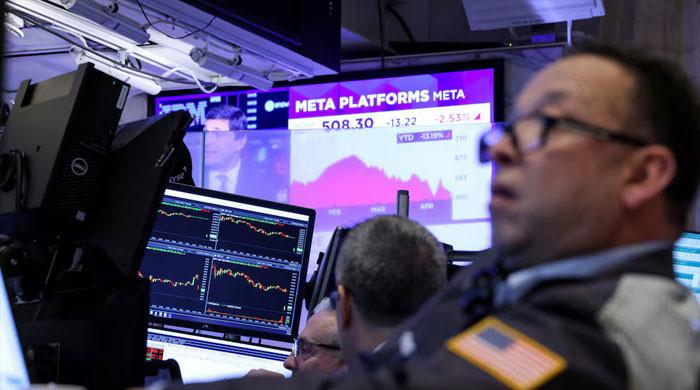Budget 2022-23: Finance ministry, SBP approximations clash
The APCC is scheduled to meet on June 4, 2022, and NEC on June 7, 2022, for finalising national development outlay, macroeconomic figures
May 31, 2022

- It is really hard for budget-makers to make a budget that brings any relief to inflation-stricken masses.
- SBP’s projections exceed finance ministry’s because of increasing petroleum, commodities prices.
- The APCC is scheduled to meet on June 4, 2022, and NEC on June 7, 2022.
ISLAMABAD: The State Bank of Pakistan’s (SBP) macroeconomic approximations are higher than that of the finance ministry, especially inflation forecasts for the next budget 2022-23, The News learnt, and this clash is complicating the budget-making exercise.
Under the SBP Amendment Act 2022, the central bank is responsible for pitching inflation figures for the next fiscal year. The SBP’s projections exceed the finance ministry’s because of increasing petroleum and commodities prices in the international market.
There is no possibility of the inflation easing back to single-digit, especially in the first half (July-December) of the next fiscal year. It is really hard for the budget-makers to make a budget that commits to bringing any relief to inflation-stricken masses.
The government has no other choice but to increase the targeted subsidy for the poorest segments of the society substantially. The government has decided to allocate Rs700 billion to finance targeted subsidies in the coming budget.
Read more: Budget 2022-23 dictionary — a one-stop guide for financial terms
The energy prices are predicted to escalate further by 50% till December 2022 and if the uncertainty arising from the Russia-Ukraine war lingers then the fuel/commodity induced inflation may multiply problems for importing countries.
The SBP has pitched CPI-based inflation in the range of 13-14% for the budget 2022-23, in view of higher petroleum and commodities prices; however, the government wants to restrict inflation in the range of 10 to 11% only. Let’s see if both institutions evolve consensus on the projections of CPI inflation for the next fiscal year.
The CPI inflation might touch the 14% mark on June 1 (tomorrow) and it might go up further till July 1, 2022. The two institutions are also not on the same page with regard to GDP growth figures for the next fiscal. The ministry says the real GDP growth may touch 5% after the rebasing of national accounts from 2005-6 to 2015-16. However, the finance ministry has suggested to restrict the growth rate to around 4% for the next fiscal year.
Read more: PM Shehbaz announces inclusion of Rs28 billion relief package in upcoming budget
They argued the provisional growth rate of 5.97% for the outgoing fiscal year as a result of increased imports and consumption, while keeping in view the IMF programme, that compressing the demand would choke the possibility of higher growth.
Officials from both sides huddled to finalise macroeconomic figures projections for the next budget 2022-23 ahead of the upcoming Annual Planning Coordination Committee (APCC) and the National Economic Council (NEC).
The APCC is scheduled to meet on June 4, 2022, and the NEC on June 7, 2022, for finalising the national development outlay and macroeconomic figures for the next fiscal year and to revise the figures for the outgoing fiscal year.
Read more: Budget 2022-23 — toughest task at hand for economic planners
Originally published in The News




